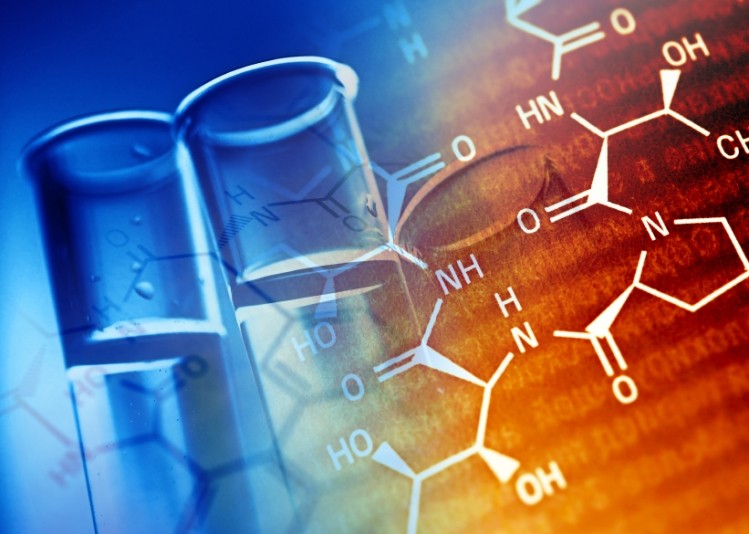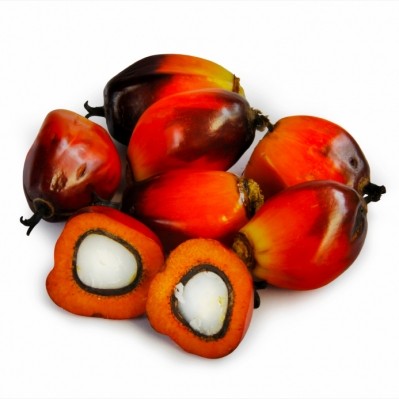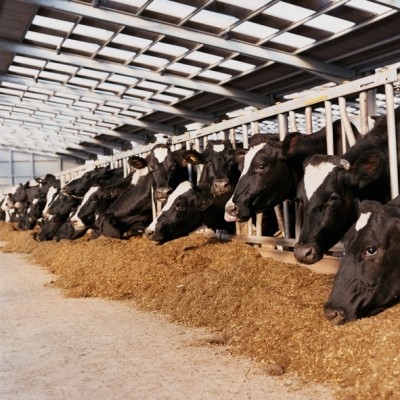Fatty acids from animal by-products: what are the hurdles?

The company was reacting to the recent EFSA evaluation of its alternative method for treatment of Category 3 animal by-products (ABP).
ChainCraft was born in 2010, as a spin-off company from a Wageningen University research group focusing on conversion of organic waste streams via fermentation into sustainable fatty acids.
“Up to now, those fatty acids have been made from palm oil or petrochemical sources, and we can make them out of more low value by-products and waste streams, and, in this way, we try to contribute to a more sustainable society,” Niels Van Stralen, director and co-founder at ChainCraft, told us.
In 2015, it completed its pilot phase, and last year constructed a commercial demonstration facility in which it is able to produce 1,000 tons of fatty acids per year, which can be done either using the plant based or Category 3 ABP raw materials.
“We think high value products can be made from Category 3 ABP raw materials and that our technology might be the solution for this.”
Process under review
ChainCraft sought a positive European Food Safety Authority (EFSA) opinion of a processing method that consists of the hydrolysis of those Category 3 ABP to short-carbon chains, which are elongated to medium chain fatty acids (MCFAs) that may contain up to 1% hydrolyzed protein, for use in feed.
However, under EU TSE legislation, no hydrolyzed protein of ruminant origin - except ruminant hides and skins - can be included in feed for farmed animals or for aquaculture.
Although the end product may contain up to 1% of hydrolyzed proteins smaller than 10,000 Dalton, this TSE related prohibition would apply to the present application, noted the Biohaz Panel in its findings on the ChainCraft process.
Next steps
In relation to the process under review, Van Stralen explained that EFSA did approve the method ChainCraft referenced in its dossier for separating hydrolyzed proteins from ruminant origin from its product stream, but yet meeting the EU TSE legislation remains a challenge.
"We would have to prove, by a Critical Control Point (CCP), that hydrolyzed proteins from ruminant origin are not present anymore in our end product.”
He said, however, its production of fatty acids also can be done using plant based – namely fruit and vegetable - materials, and animal by-products not containing ruminant proteins.
“In principal, for now, it [the EFSA opinion] is more or less what we expected according to EU legislation. We will start operations based on plant-based feedstocks and various non-ruminant animal by-products and prove that our production process is viable and reliable, in order to make use of the various kinds of category 3 materials that can be used for feed applications when it is assured that hydrolyzed proteins from ruminant origin are not present within those,” said Van Stralen.
Commercial phase
Now based in the Port of Amsterdam, the company is “almost up and running” commercially.
“We are in the middle of commissioning a factory right now and by the end of the year we will be producing product.”
It has offtake agreements set up, with a customer already lined up. “We have a partner in the feed industry [based in the Netherlands].”
In terms of sourcing plant-based feedstocks, he said: “We have an agreement with a trading company that has access to a lot of fruit and vegetable leftovers from the food industry.”
Investment history
ChainCraft, which began with the obligatory laboratory phase at its kick-off in 2010, where the team realized the proof of concept, had its first investment round in 2013. That involved the Dutch Greentech Fund, part of Rabobank Private Equity and Horizon 3 Venture Capital, allowing it to move from Wageningen and set up in the Port of Amsterdam.











